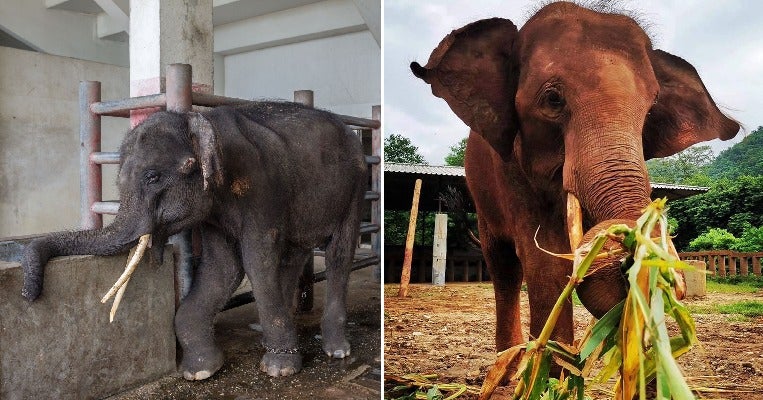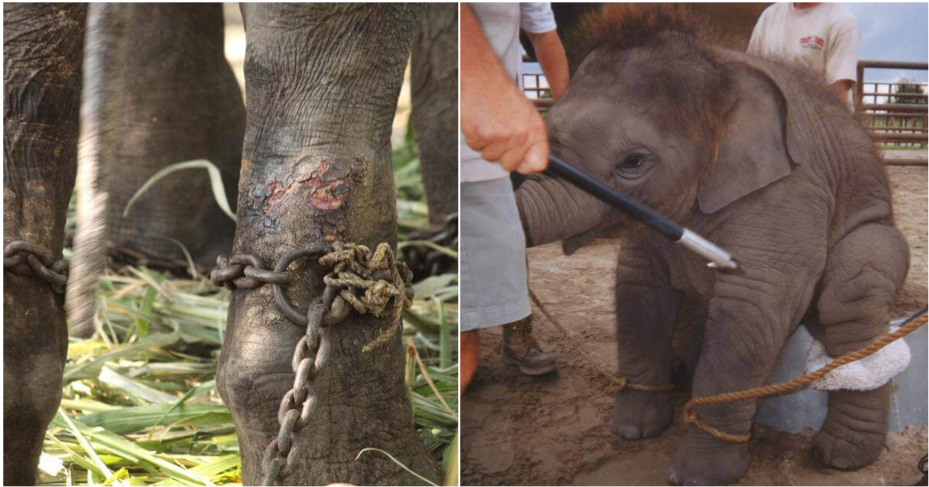Many of our elephant stories showcase the horrors and abuse that these gentle creatures face at the hands of humans but this time, this story comes with a happy ending instead. In case you didn’t know, it was actually World Elephant Day yesterday (12th August) and one young elephant named Gluay Hom from Thailand is finally free from his chains this year.
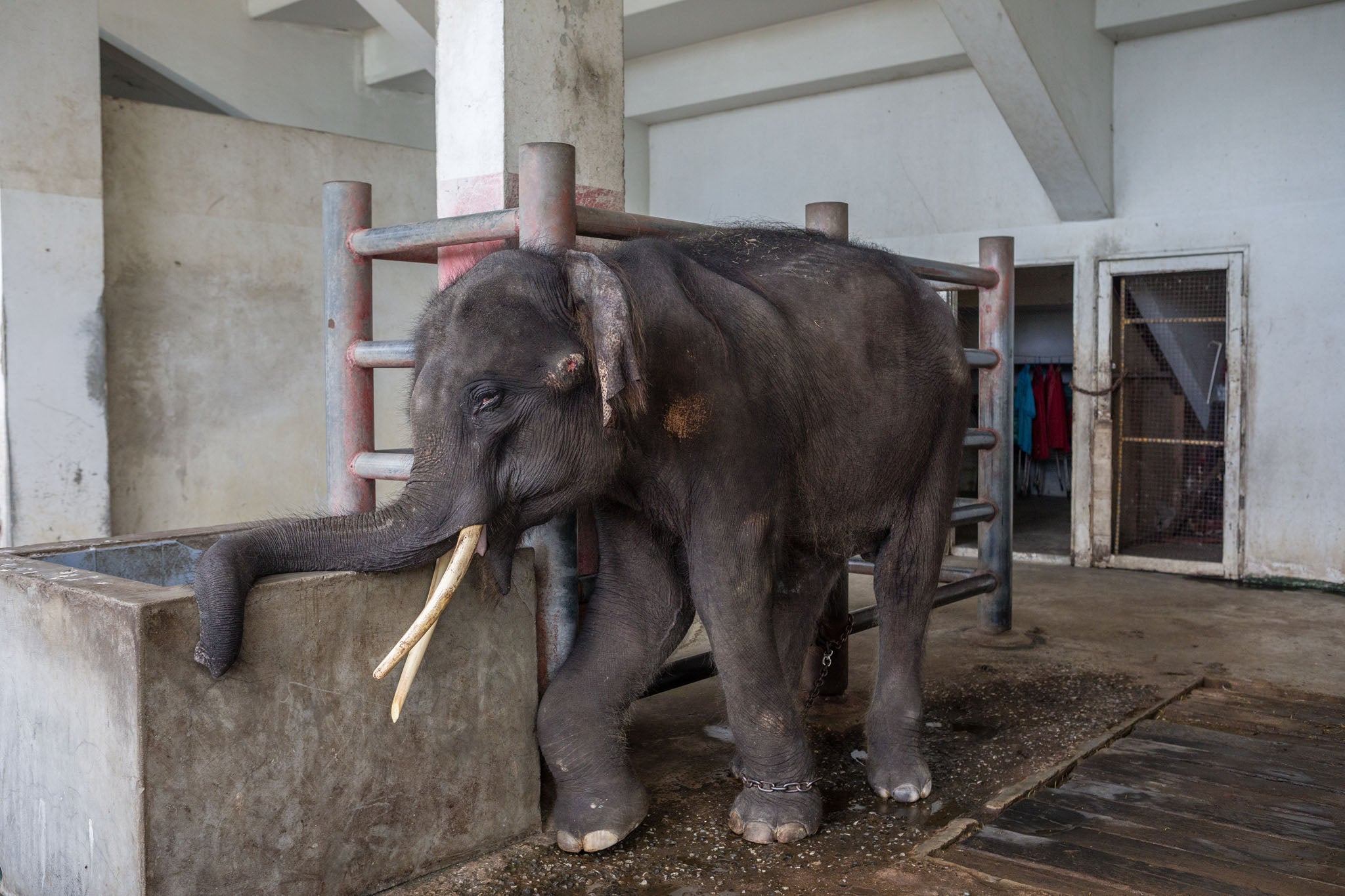
Source: National Geographic
National Geographic had previously investigated wildlife tourism, showing the dark side behind this industry and discovered plenty of animals being mistreated for the sake of “tourism.” One of the animals that captured netizens’ attention was 10-year-old Gluay Hom, who was discovered in a cramped enclosure under the performance stadium at Samutprakarn Crocodile Farm and Zoo outside Bangkok. His legs were in chains, bent and swollen while he had injuries on his head.
Journalist Natasha Daly from National Geographic told People that Gluay Hom’s condition was so pitiful it really stood out. “He was one of six elephants chained up in stalls but I noticed him immediately; he was very small and emaciated and had a gaping, bloody sore at his temple from lying on the hard ground. He also had a bent, swollen leg that he couldn’t put weight on,” she said.
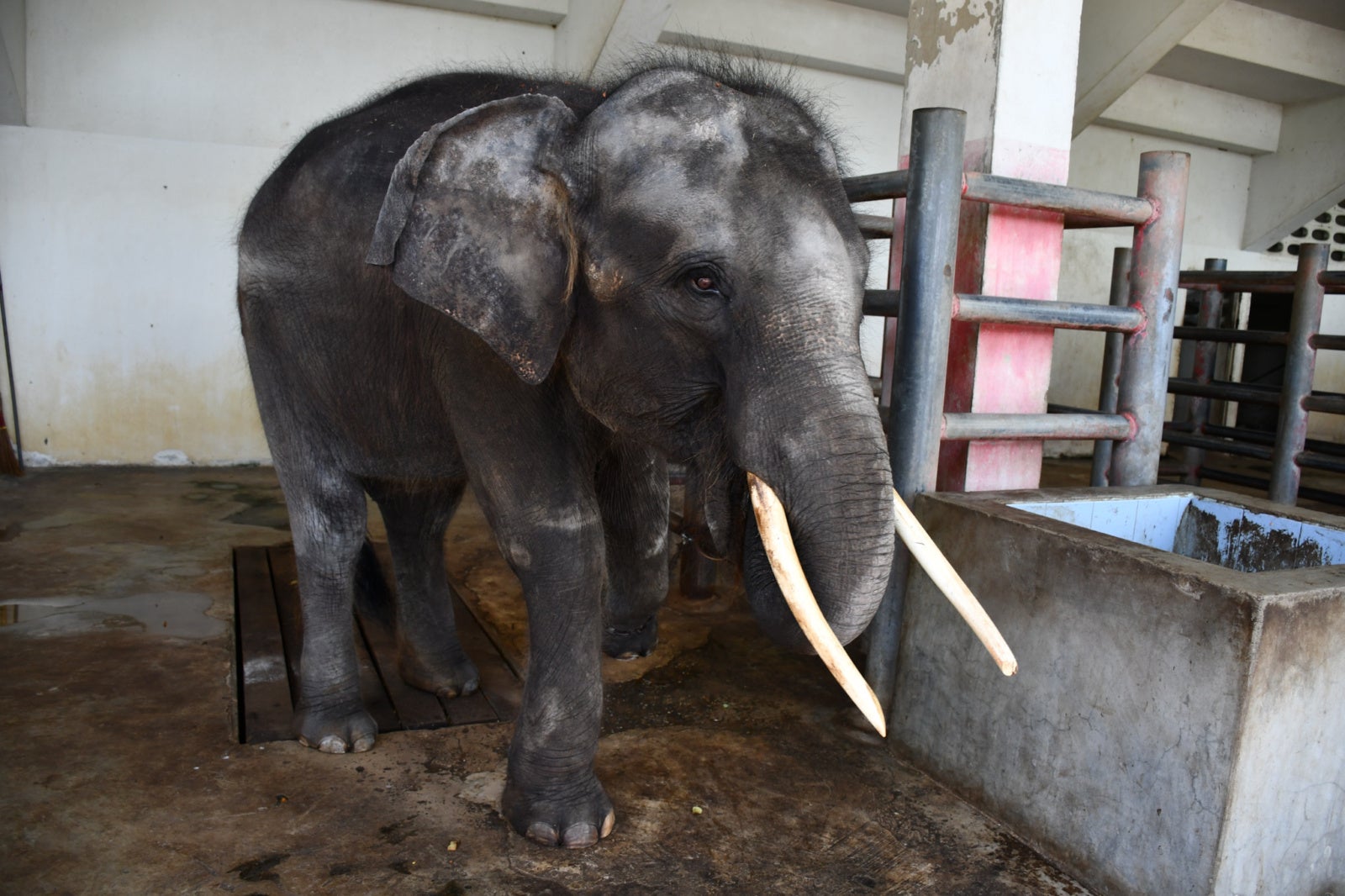
Source: National Geographic
Readers were shocked and devastated by the situations in the story and rallied into action by starting petitions, calling Thai authorities and contacting animal rescue groups for Gluay Hom. Just a couple of months after the article was published, the Save Elephant Foundation team founded by Lek Chailert managed to strike a deal with the elephant’s owner.
He was brought to his new home in Chiang Mai after a 14-hour ride, where he is finally free to roam around on dirt and can receive all the love and attention he needs. He was shy and scared when he first arrived, as if he couldn’t believe that he was finally free, National Geographic reported.
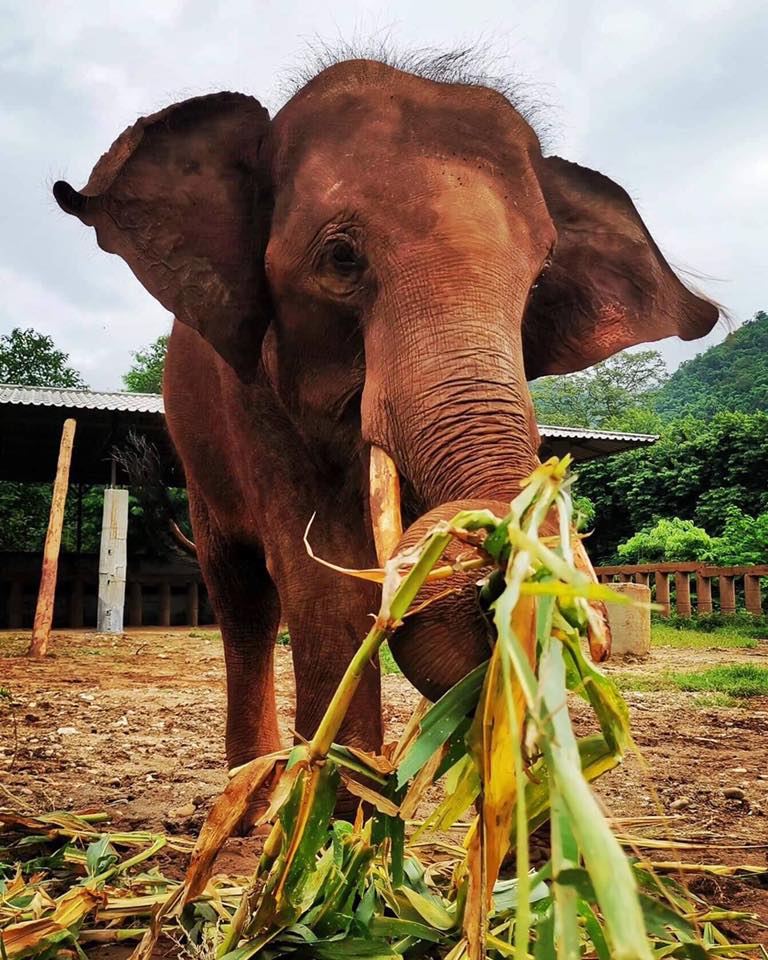
Source: Facebook
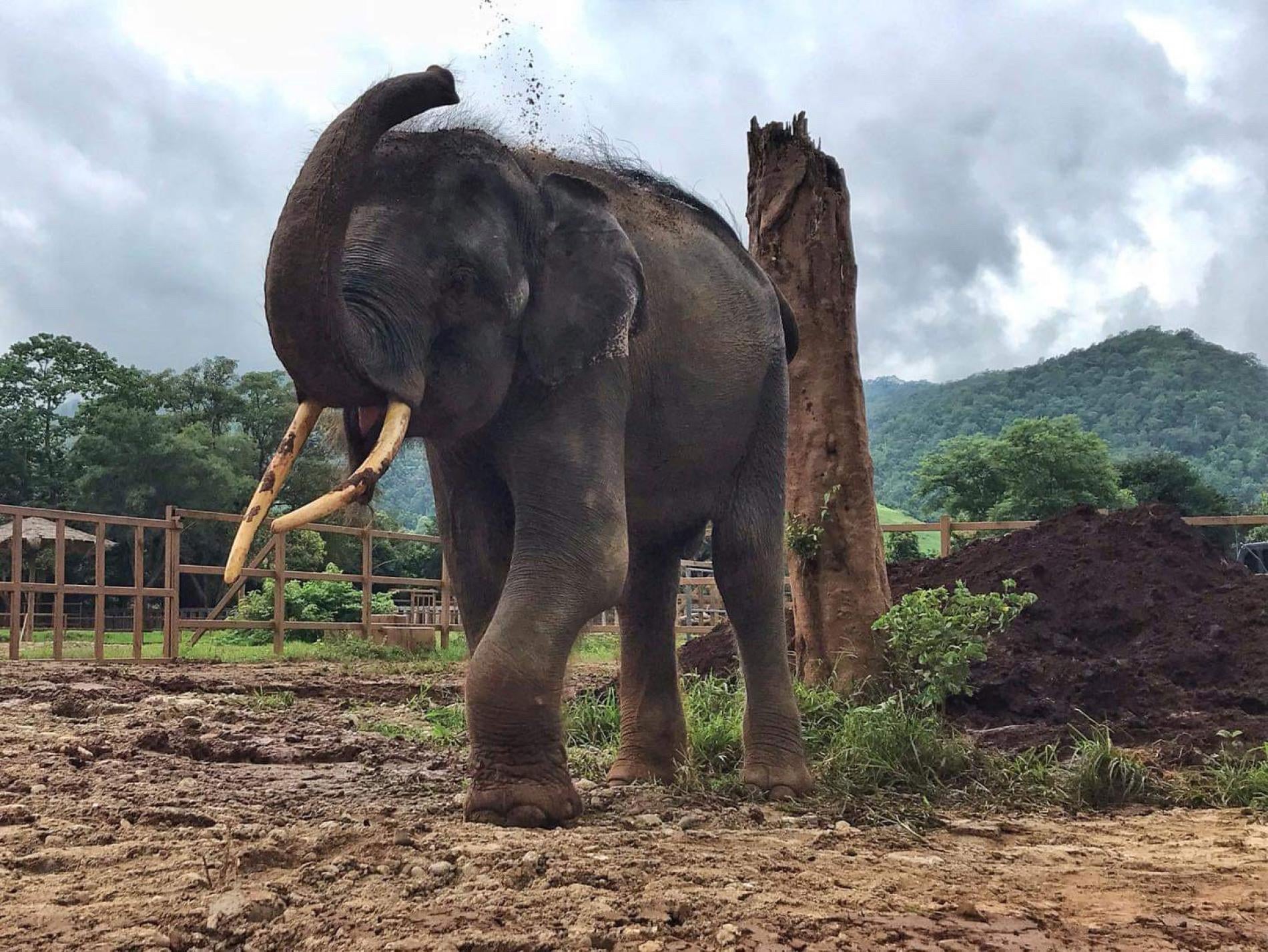
Source: National Geographic
Chailert said, “When he saw the mud bath—and normally all elephants love the mud bath—he looked at everyone like he was asking the question: May I go now? He was still traumatised. He walks slow. He needs a lot of treatment. He’s still sad in his eyes.”
The sanctuary is treating him and soon, they want to introduce other elephants to him. They also want to make sure he gains back his strength as his muscles have atrophied. Now that Gluay Hom has been given a new lease of life, Daly is grateful to the people who made it happen.
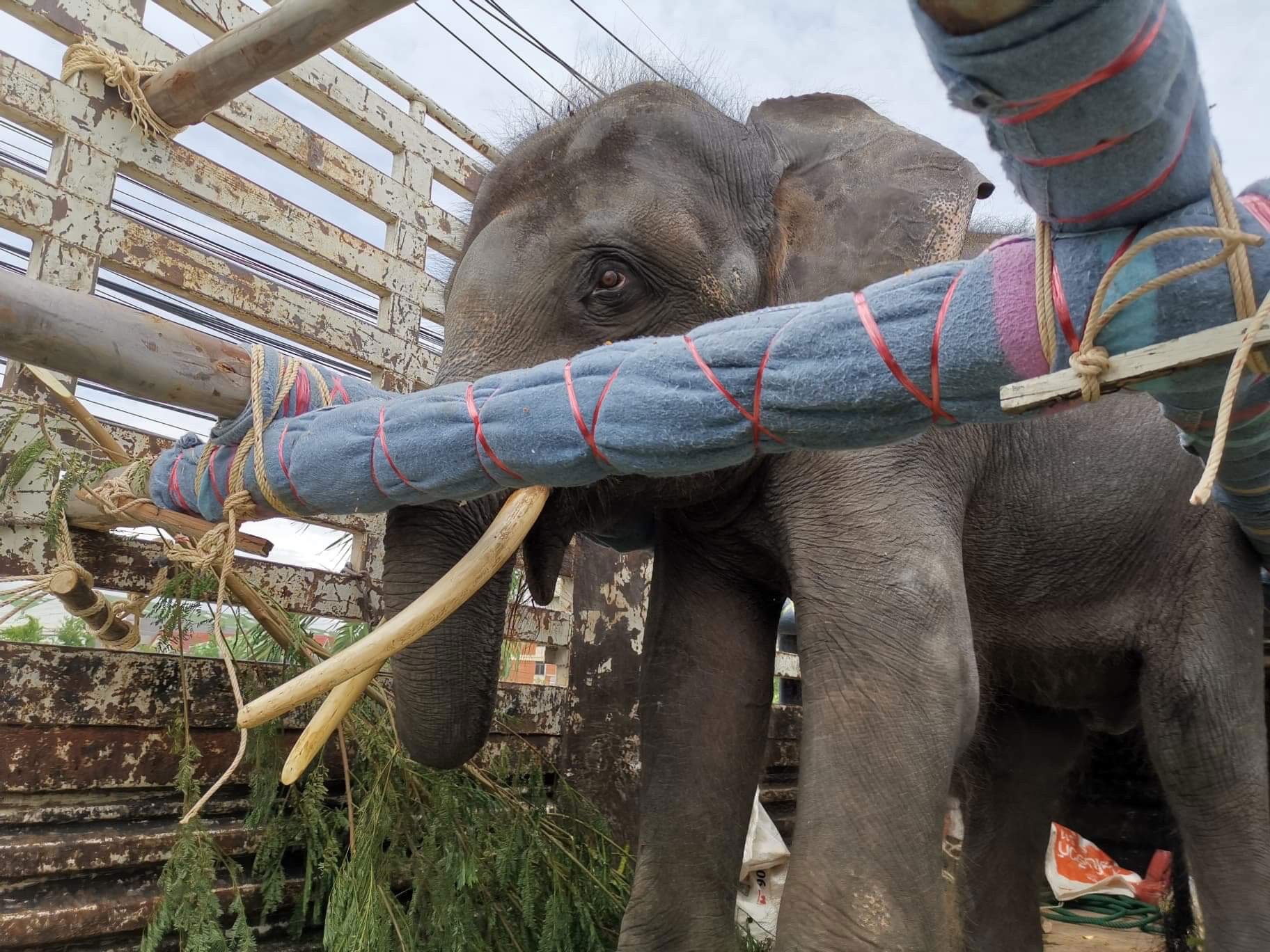
Source: National Geographic
However, she says that this is not enough, as there are still many other elephants who have not been as lucky as Gluay Hom. “There are hundreds of other elephants just like Gluay Hom that are still suffering in the tourism industry today. The reality is that they can’t all be purchased and brought to a sanctuary. Real, widespread change will only come if travellers start to pay for different, more humane experiences. But there is so much hope,” she explains.
Perhaps before you book that next wildlife tourism trip, make sure the animals are being treated humanely and it is for a good cause!
Also read: The Cruel Reality Behind Elephant Rides in Thailand That Most People Don’t Know

